The classroom is where bonding begins.
In many schools in mountainous regions such as Ha Giang , Lao Cai, Lai Chau, and Dien Bien, students entering first grade primarily use their mother tongues, such as the Hmong, Dao, and Thai languages. Therefore, teaching Vietnamese becomes a journey requiring patience, dedication, and close support.
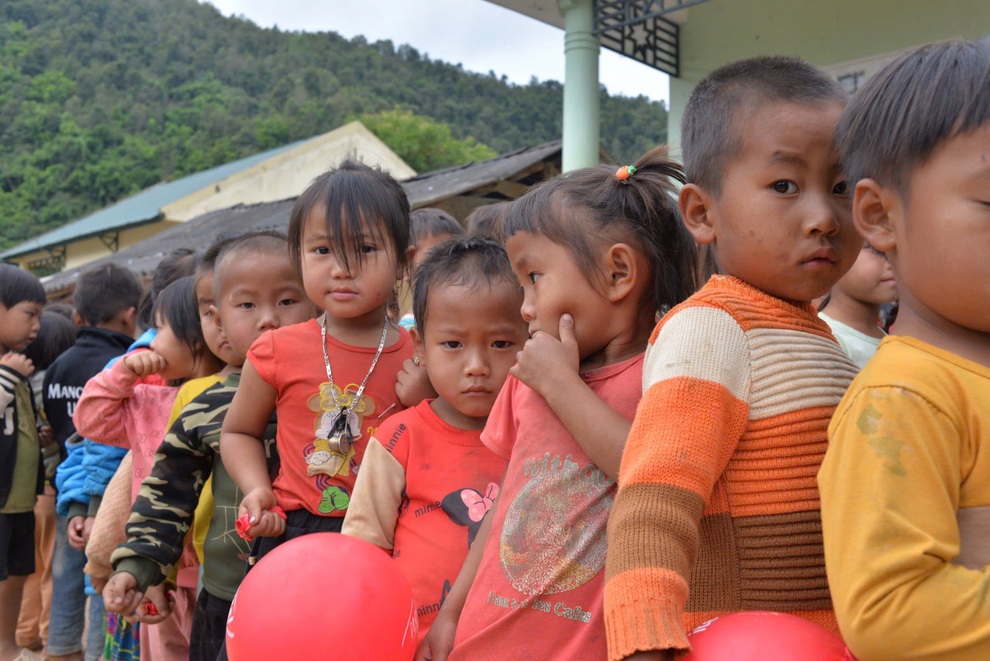
For many first-grade students in mountainous areas, the first priority is not teaching literacy, but rather getting acquainted, chatting, and building rapport. (Photo: Provided by the interviewee).
Ms. Nhè Thị Phượng, a teacher at Po Qua school in Niêm Tòng commune, Mèo Vạc district, Hà Giang province, shared: "The first important thing is not to teach literacy, but to get acquainted, chat, and create a sense of closeness. Only then will the children gradually accept Vietnamese as a familiar part of their lives."
She recounted the story of a young student named Thò Mí Mí, whom she particularly remembered from her early teaching days: "Mí couldn't speak standard Vietnamese, and her parents didn't speak Vietnamese either. Teaching her was both a challenge and a motivation. Every day, just seeing her learn one more new word made me happy, as if I had gained more strength."
To help students learn Vietnamese more effectively, many teachers in schools in mountainous areas have adopted flexible and visual teaching methods. Instead of just using textbooks, teachers take the children to the schoolyard, point to real objects, use pictures, videos , and games – all aimed at creating a friendly and natural learning atmosphere.
Ms. Phuong said: "Sometimes, when teaching about chickens, I not only lecture but also let the students see a real chicken, hear its sound, and describe it. Students remember faster, understand the meaning more deeply, and gradually become more confident in speaking Vietnamese."
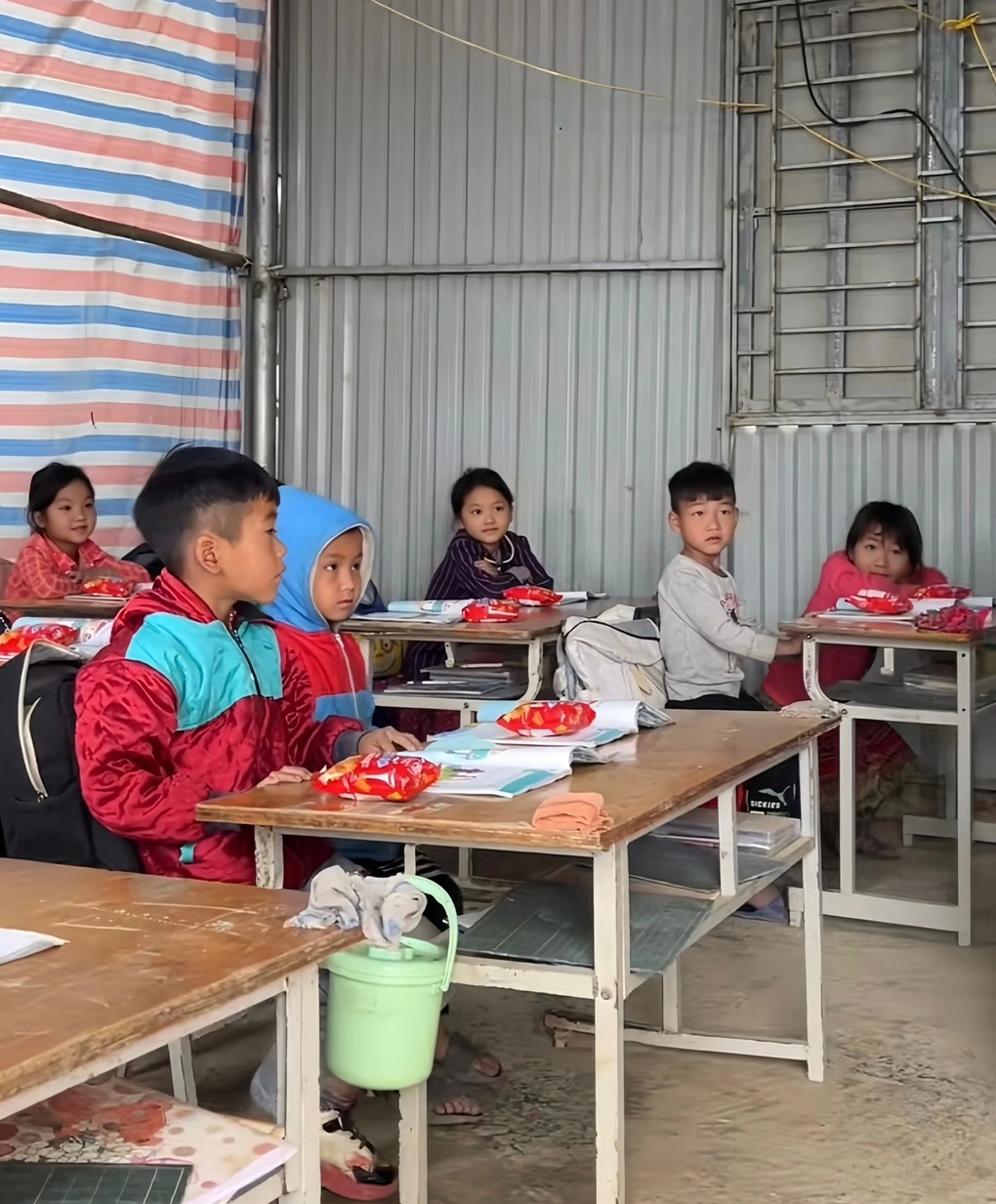
A Vietnamese language lesson for first-grade students at a school in a remote mountainous area (Screenshot from TikTok NV).
In addition, teachers also learn the students' ethnic languages to facilitate communication and provide better support. The bilingual teaching method – combining the mother tongue and Vietnamese – not only helps students understand the lessons more easily but also creates a sense of familiarity with their own culture.
At the school where Ms. Phuong works, students receive an extra Vietnamese language lesson each week. In addition, in other subjects such as Math or Social Studies, teachers also flexibly explain the knowledge in the students' native language to help them understand better.
"For example, when teaching counting, I'll count in Hmong first, then switch to Vietnamese so the children understand the concept. This method helps them grasp and remember it more easily," Ms. Phuong shared.
Family and community work together.
Not only schools, but also families and communities play a crucial role in helping ethnic minority students overcome language barriers. Many parents, even those not fluent in Vietnamese, always try to support their children in their own ways.
At a school in Muong Khuong ( Lao Cai ), Ms. Ha, who has participated in many volunteer trips to the highlands, recounted the story of the mother of Giang Thi Pao, a first-grade student: "She can't read or speak standard Vietnamese, but every day she brings her child to school on time. At home, she asks her child to repeat the new words she's learned. If the child doesn't understand, she smiles and nods encouragingly. Gradually, the little girl has become much more confident."
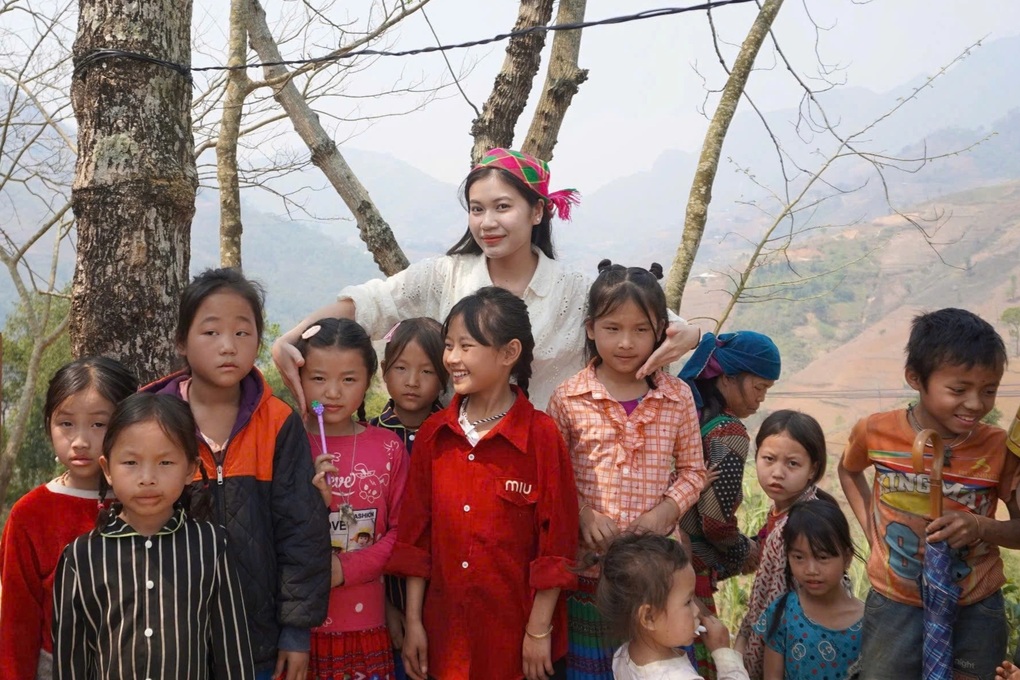
Ms. Ha and her students at a school in a mountainous area (Photo: Provided by the interviewee).
In some localities, organizations such as women's associations and youth unions also organize evening volunteer classes to help students practice listening and speaking Vietnamese. Although these are simple classes without blackboards and chalk, they provide a place where students can practice without fear of making mistakes.
In addition, in many places, students in mountainous areas also receive support from schools and communities through practical gifts such as clothes, shoes, and essential supplies. These simple things contribute to creating warmth and encouragement, helping them to be more steadfast on their challenging journey to school.
Education is a journey of patience and sharing.
According to many education experts, including researchers from the University of Education - Thai Nguyen University and the Vietnam Institute of Educational Sciences, the language barrier remains one of the biggest challenges for ethnic minority students.
Therefore, strengthening bilingual education while building a friendly learning environment that respects cultural and linguistic differences are crucial solutions to help students overcome these barriers.
Ms. Ha shared: "Every trip to the schools in the highlands shows me that the teachers here not only teach, but also inspire, build confidence, and open doors for these little children to step into a wider world. I only hope that one day, learning Vietnamese will no longer be a barrier for them."
Language will no longer be a barrier with the support of teachers, the sharing of family, and the determination of the students themselves. Each day in class, Vietnamese will no longer be unfamiliar, but will become a companion, helping them get closer to the written word and the new knowledge ahead.
Mai Phuong
Source: https://dantri.com.vn/giao-duc/dua-con-chu-toi-hoc-sinh-vung-cao-hanh-trinh-cua-gan-ket-va-gan-gui-20250520112027794.htm


![[Photo] Prime Minister Pham Minh Chinh presides over a meeting on private sector economic development.](/_next/image?url=https%3A%2F%2Fvphoto.vietnam.vn%2Fthumb%2F1200x675%2Fvietnam%2Fresource%2FIMAGE%2F2025%2F12%2F20%2F1766237501876_thiet-ke-chua-co-ten-40-png.webp&w=3840&q=75)






























































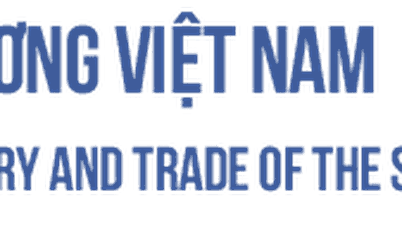




























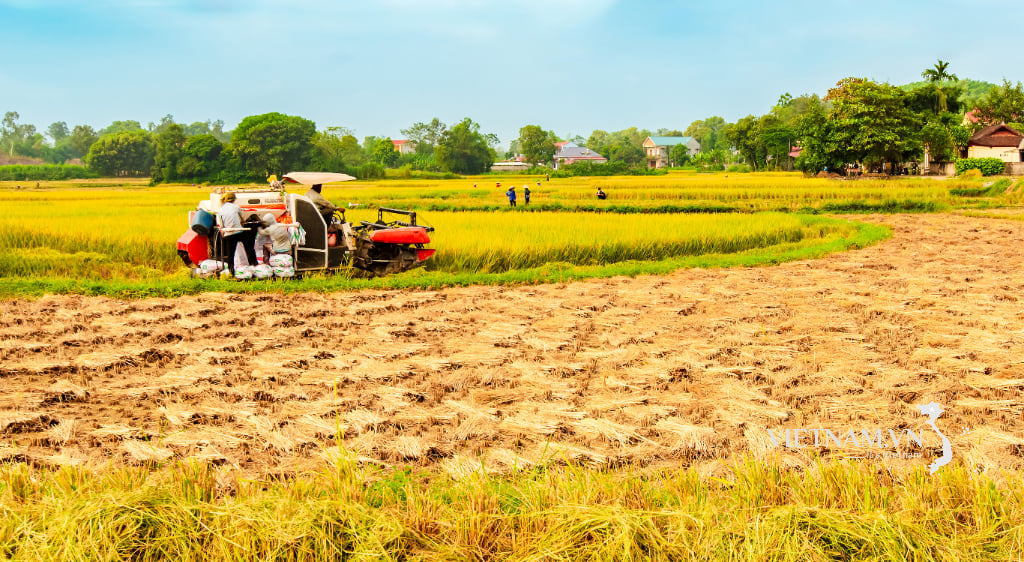

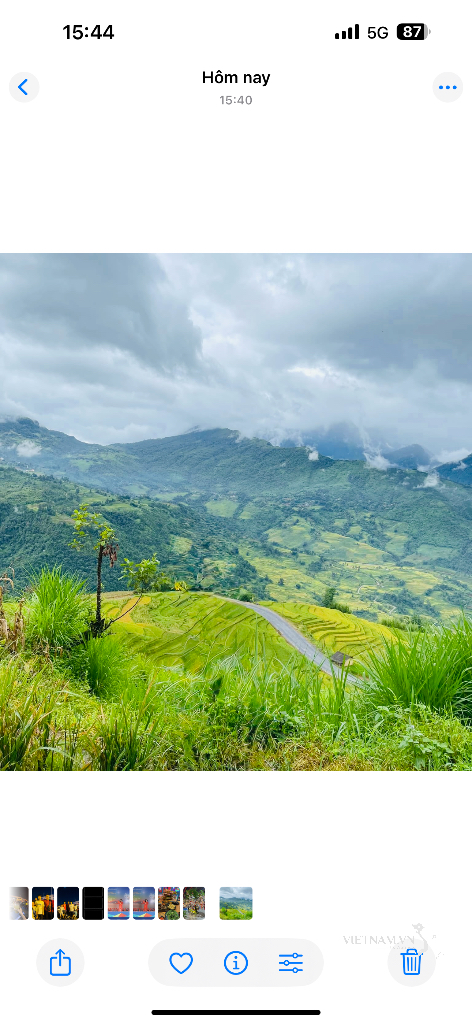

Comment (0)